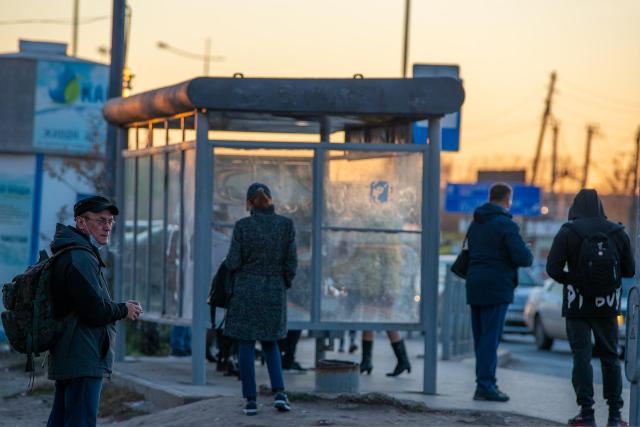Lack of transportation can prevent people from accessing the support they need.

Gill visited Mission & Service partner Our Place Society for her meals every day. At one community meal, she met an outreach worker and inquired about making a meaningful change in her life. But making the changes she needed meant accessing programs in parts of the city she couldn’t easily get to without a bus pass.
In a recent study, Jeff Allen and Steven Farber, geographers at the University of Toronto, report that in Canada's eight largest cities, 5 percent of the total population are living in low-income households that are also situated in areas with low transit accessibility. “This totals nearly one million people who are at risk of transport poverty nation-wide,” they write.
What does it mean to not have adequate transportation? Farber told University of Toronto News it’s a mix of disadvantages: socioeconomic status (low income, ill health, being a recent immigrant or elderly) and a lack of access to transportation (being unable to afford a car or to reach destinations easily by transit, for example).*
“The time is right for a national accounting of those living in transport poverty and the development of a national transport and land use strategy.”**
Mission & Service partners working on the ground to alleviate poverty regularly help people access transportation so they can improve their lives. The bus pass project that provided Gill with passes she needed to keep life-changing appointments was supported through the United Church’s Gifts with Vision catalogue. Thank you for your generosity.
*UofT News, Stranded without transit? U of T researchers say one million urban Canadians suffer from 'transport poverty'
**Transport Policy (Feb. 2019), Sizing up transport poverty: A national scale accounting of low-income households suffering from inaccessibility in Canada, and what to do about it